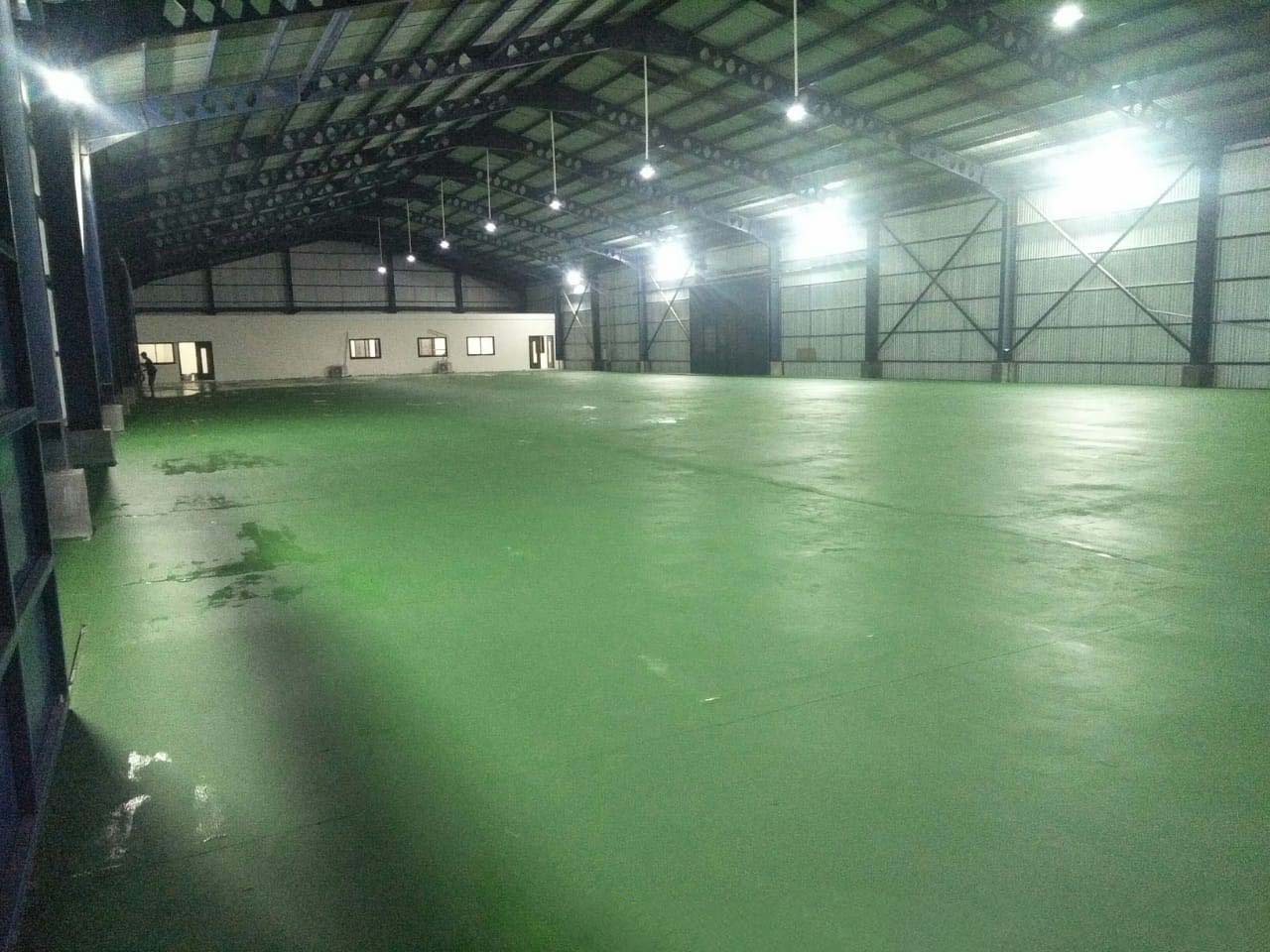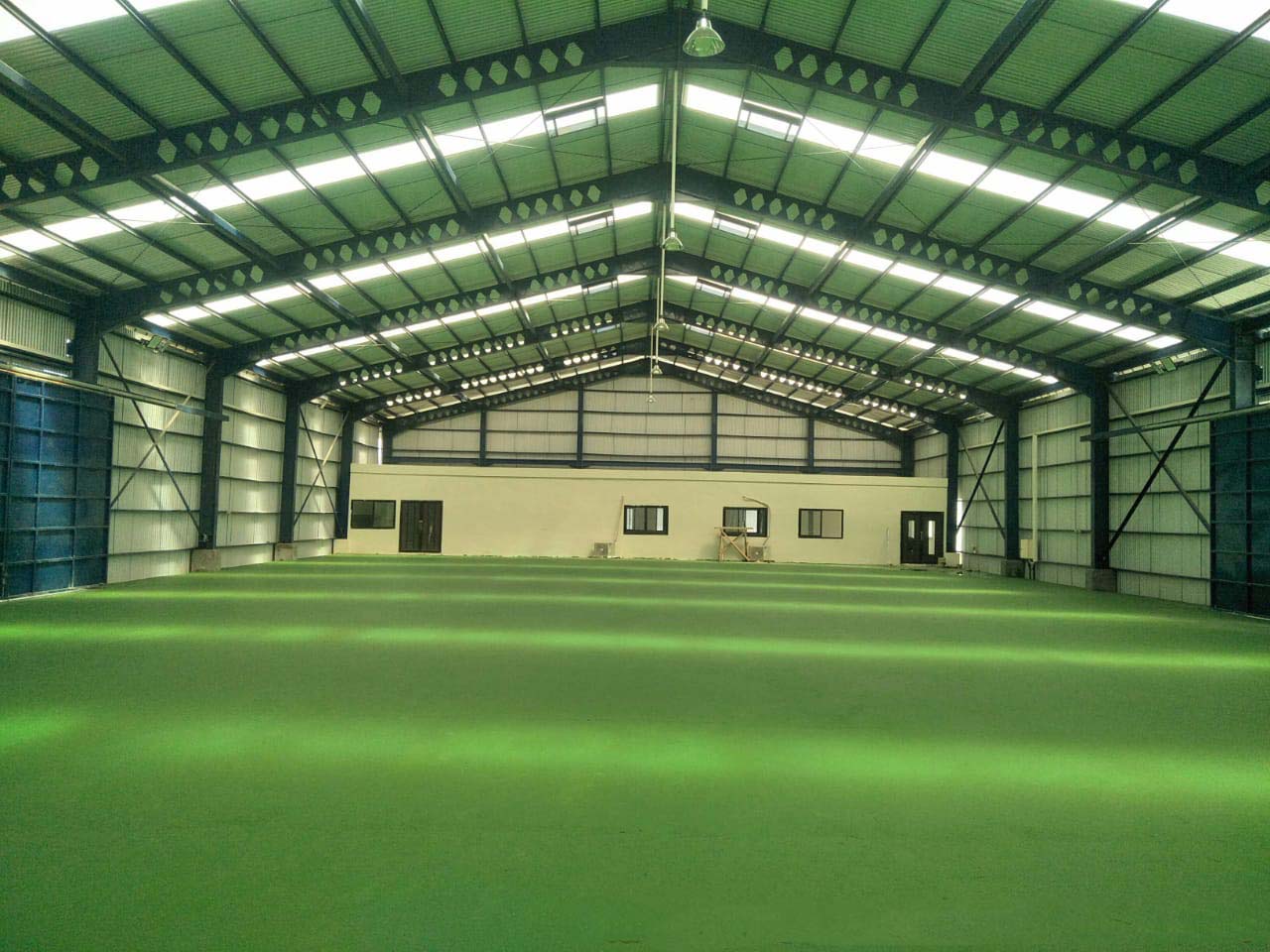


Constructing a Warehouse
Constructing a warehouse involves a detailed, multi-phase process that requires careful planning and execution. Below is a structured guide to help you navigate the project effectively:
- Planning and Design
- Define Purpose: Determine if the warehouse will be used for storage, distribution, manufacturing, or cold storage, as this affects design requirements.
- Site Selection: Choose a location with access to transportation routes (highways, ports), check zoning laws (industrial use), and assess environmental impact (wetlands, soil contamination).
- Hire Professionals: Engage an architect/design firm, civil engineer, and contractor. Verify contractor credentials (licenses, insurance, references).
- Design Layout: Include loading docks, storage areas, offices, and compliance with safety standards (fire exits, ADA accessibility). Consider future expansion and technology integration (automation, IoT sensors).
- Budgeting: Estimate costs (land, materials, labor, permits) and secure financing. Include contingencies for unexpected expenses.
- Permits and Approvals
- Zoning and Environmental Permits: Obtain local government approvals and conduct environmental assessments.
- Building Permits: Submit construction plans for approval, including fire safety and utility layouts.
- Utility Approvals: Coordinate with providers for water, electricity, sewage, and telecommunications.
- Site Preparation
- Land Clearing: Remove vegetation and debris. Grade for drainage.
- Foundation: Install slab-on-grade, pilings, or deep foundations based on soil analysis.
- Utilities: Lay connections for water, electricity, and sewage. Consider renewable energy (solar panels).
- Construction Phase
- Structural Framework: Erect steel beams for durability and open space.
- Enclosure: Install roofing (insulated panels) and walls (precast concrete or metal).
- Loading Areas: Position dock doors and ramps for logistics efficiency.
- Flooring: Pour reinforced concrete with sealants for durability.
- Interior Build-Out: Construct offices, restrooms, mezzanines, and install HVAC, plumbing, and fire suppression systems.
- Technology Integration: Set up electrical systems for WMS, automation, and security (cameras, access control).
- Exterior and Landscaping
- Parking and Access Roads: Ensure paved surfaces for trucks and employees.
- Landscaping: Implement drainage solutions and aesthetic elements.
- Lighting: Install energy-efficient exterior lighting for safety.
- Inspections and Compliance
- Ongoing Inspections: Check structural, electrical, and plumbing work at key stages.
- Final Inspection: Obtain a Certificate of Occupancy after passing all checks.
- Post-Construction
- Equipment Installation: Set up shelving, conveyor systems, and refrigeration (if needed).
- Maintenance Plan: Schedule regular checks for roofing, HVAC, and flooring.
- Sustainability Certification: Pursue LEED or similar certifications if applicable.
- Operational Setup
- Staff Training: Educate on safety protocols and technology systems.
- Security Systems: Activate surveillance and alarm systems.
- Inventory Management: Implement WMS and automation tools.